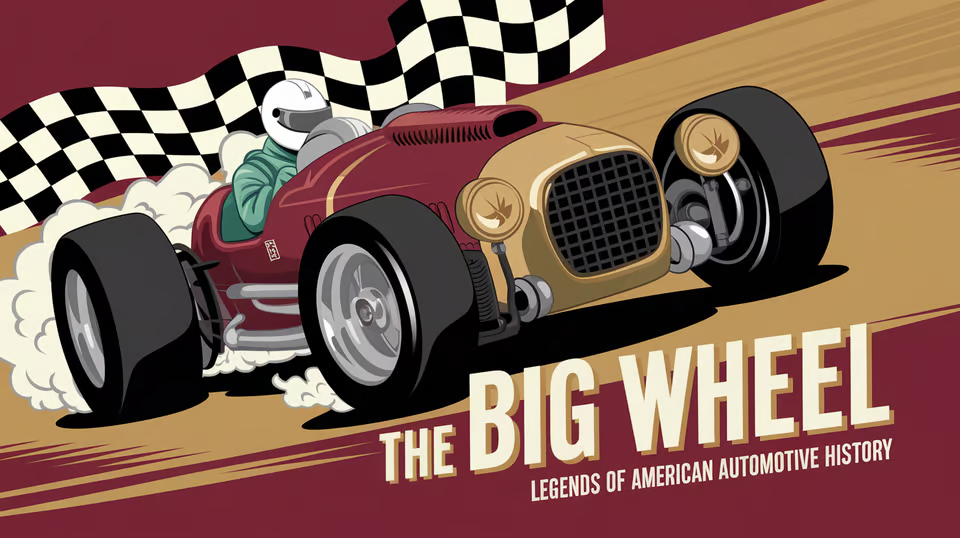2026 Indy 500 and F1 Canadian GP Schedule Conflict
The motorsport world faces a major scheduling headache in 2026. The legendary Indianapolis 500 will go head-to-head with the Formula 1 Canadian Grand Prix.
This rare overlap has everyone talking—fans, teams, organizers, you name it. Both events matter a lot in their own right, and the potential impact on viewership and logistics is hard to ignore.
The Clash of Titans: Indy 500 vs. F1 Canadian GP
Contents
The Indianapolis 500, often called The Greatest Spectacle in Racing, anchors American motorsport. Every year, it draws huge crowds to the Indianapolis Motor Speedway and has a legacy stretching back to 1911.
The Formula 1 Canadian Grand Prix, meanwhile, lights up Montreal’s Circuit Gilles Villeneuve. It’s a fan favorite on the F1 calendar, known for its tough track and buzzing atmosphere. The 2026 overlap between these two? Unprecedented. Naturally, it raises a bunch of questions.
Impact on Viewership
The first worry is viewership. Fans of both IndyCar and Formula 1 might have to pick one race over the other.
That could mean fewer eyes on both events, since it’s pretty tough to watch two major races live at the same time. Broadcasters probably aren’t thrilled either, since it messes with scheduling and ad revenue.
Some folks suggest staggered start times so people can catch both. But honestly, pulling that off would take a lot of coordination between IndyCar and F1, and it’s not clear if that’s even possible given all the moving parts.
Team Logistics and Resources
The conflict isn’t just about fans. Teams and drivers face tough logistical challenges, too.
Some racing outfits run cars in more than one series, and the overlap could really stretch their resources. They’d have to make some hard calls about where to focus their efforts.
Driver Commitments
Drivers who race in both series could get stuck choosing between two career-defining events. That’s a rough spot, especially for those hoping to make their mark in both IndyCar and F1.
Missing out on one of these races could have ripple effects on their careers and sponsorships. And even for those who try to do both, the back-to-back demands are brutal—physically and mentally. It’s not easy to stay on top of your game under that kind of pressure.
Economic Implications
The financial fallout could hit more than just the teams and drivers. Host cities and local economies rely on these events to bring in tourists and boost business.
If attendance drops because of the clash, local hotels, restaurants, and shops might feel the pinch. It’s not just about racing; it’s about livelihoods, too.
Event Sponsorship and Marketing
Sponsors and advertisers have a lot at stake here. With two huge events fighting for attention, brands might struggle to get the exposure they’re after.
This could force companies to rethink their sponsorship strategies or even hesitate to sign on for future events that might overlap. That kind of uncertainty isn’t great for anyone’s bottom line.
Potential Solutions and Mitigation Strategies
There are ways to soften the blow, at least in theory. One option is to look for alternative dates, but moving a major race is a massive undertaking.
Collaborative Efforts
If IndyCar and F1 organizers actually work together, they might come up with creative solutions. Maybe they could sync up some marketing or run joint promo campaigns to keep fans invested in both races.
Digital platforms and on-demand viewing could help, too. Giving fans the chance to catch both events on their own time isn’t a bad idea. Playing up the unique qualities of each race could also draw in different crowds.
Fan Engagement and Community Building
Staying connected with fans is more important than ever. IndyCar and F1 need to be open and clear about what’s going on.
Using social media, forums, and other interactive platforms can help fans feel involved and heard. That sense of community might make the whole situation a little easier to swallow.
Long-Term Considerations
Looking past 2026, this scheduling conflict highlights why strategic planning really matters in motorsport. The industry needs to pay closer attention to overlaps and conflicts in future calendars.
Fans, teams, and sponsors deserve the chance to get the most out of every event. It just makes sense to avoid making them choose between big races.
For more information on the 2026 Indy 500 and the Formula 1 Canadian Grand Prix clash, visit Last Word on Sports.


